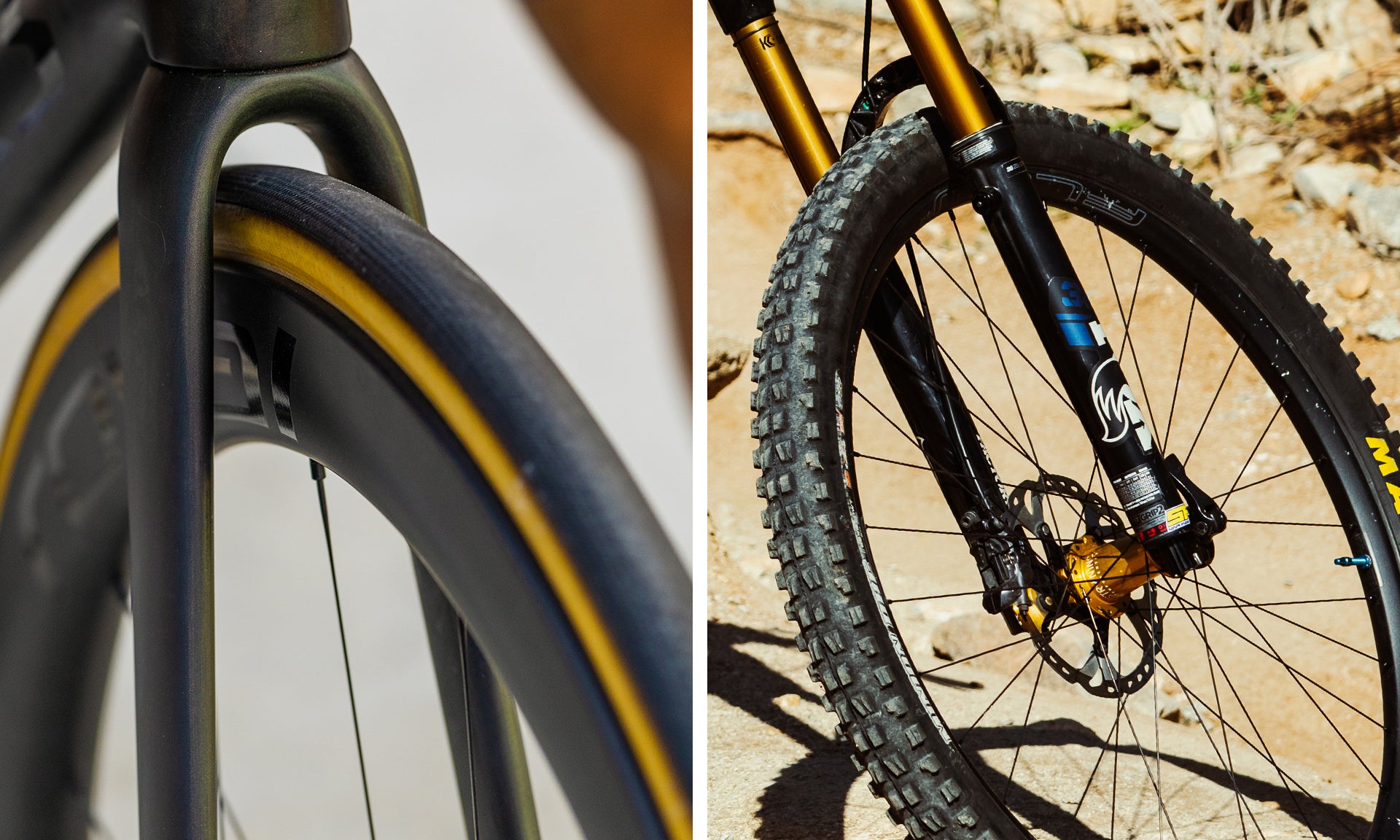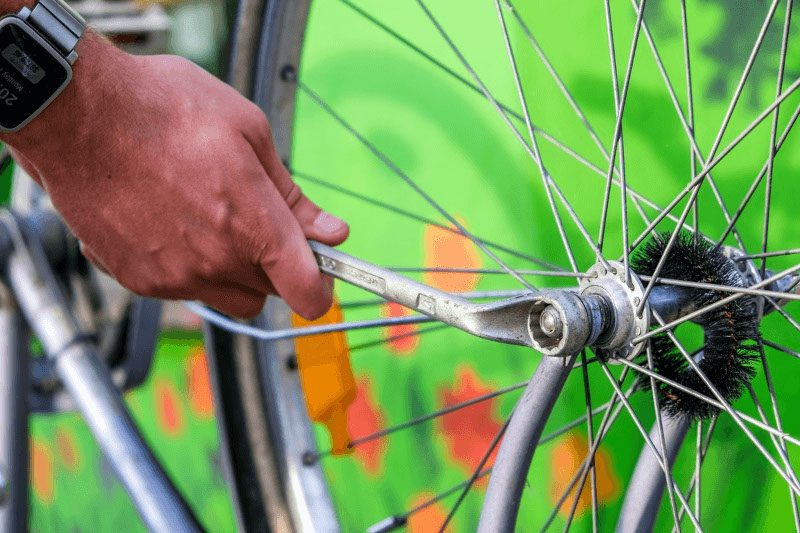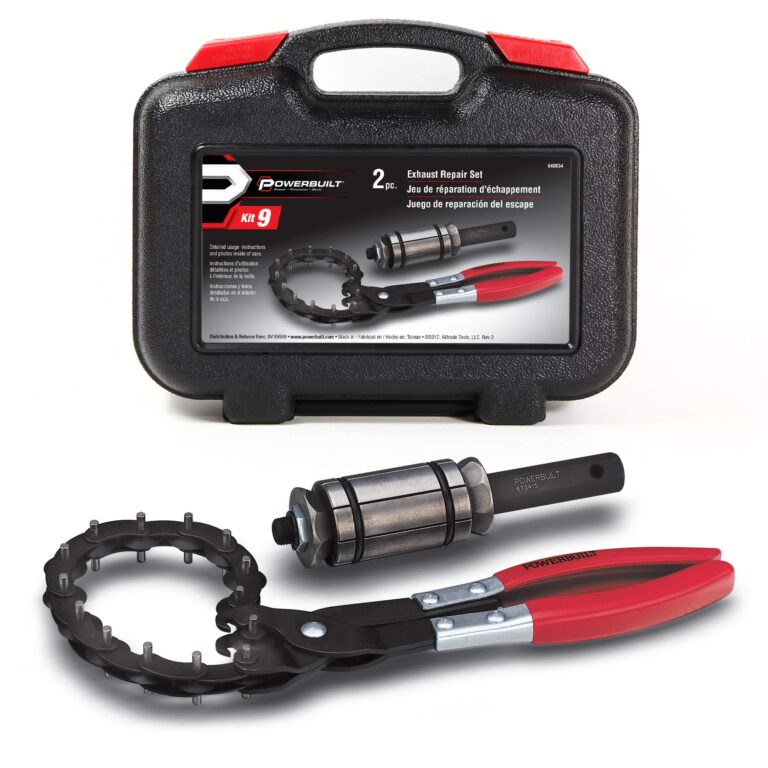How to Find Tire Pressure: Tips and Tricks for Optimal Performance
To find tire pressure, check the recommended PSI (pounds per square inch) in your vehicle’s manual or inside the driver’s door jamb. Then, use a tire pressure gauge to measure the pressure level.
A properly inflated tire is crucial for optimal vehicle performance, fuel efficiency, and safety on the road. Maintaining the correct tire pressure helps prevent premature wear and tear, improves traction and handling, and reduces the risk of accidents. In this guide, we will explore the importance of checking tire pressure regularly and provide step-by-step instructions on how to measure and adjust it correctly.
It’s a simple task that can ensure a smoother and safer driving experience. So, let’s dive in and learn how to find tire pressure for your vehicle.
Importance Of Tire Pressure
The importance of maintaining optimal tire pressure cannot be overstated. Proper tire pressure is crucial for the performance and safety of a vehicle. Under-inflated tires can lead to reduced fuel efficiency, poor handling, and increased tire wear. On the other hand, over-inflated tires can cause a harsh ride, reduced traction, and increased risk of a blowout.
When tire pressure is too low, it creates excess heat, causing the tires to wear out faster. Moreover, under-inflated tires have a larger contact patch with the road, leading to more friction and heat buildup. This can result in a blowout, particularly at high speeds. On the contrary, over-inflated tires have a smaller contact patch, reducing traction and compromising handling and braking performance.
Regularly checking and maintaining the correct tire pressure is essential for achieving optimal performance, fuel efficiency, and safety while driving. To find the recommended pressure for your tires, refer to the vehicle’s owner’s manual or the label inside the driver’s side door jamb. Use a reliable tire pressure gauge to check the pressure when the tires are cold. Remember to adjust the pressure as needed to ensure your tires are properly inflated.
Manual Methods For Checking Tire Pressure
Properly maintaining the tire pressure of your vehicle is crucial for both safety and performance. One of the most common and accurate ways to check tire pressure is by using a tire pressure gauge. Here is a step-by-step guide for using a tire pressure gauge:
- Park your vehicle on a level surface and make sure the tires are cool to the touch.
- Remove the valve cap from one tire.
- Press the tire pressure gauge firmly onto the valve stem.
- Read the pressure indicated on the gauge.
- If the pressure is below the recommended PSI, add additional air and recheck the pressure until it reaches the correct level.
- If the pressure is too high, release air from the tire until it reaches the recommended PSI.
- Repeat the process for each tire, including the spare.
- After checking all the tires, replace the valve caps and store the tire pressure gauge properly.
Understanding the recommended PSI for your vehicle’s tires is essential, as it can vary depending on the make and model. It is advisable to refer to your vehicle’s owner’s manual or the tire placard located on the driver’s side door jamb for the correct tire pressure specifications. Regularly checking and maintaining proper tire pressure will not only extend tire life but also optimize fuel efficiency and ensure a safer driving experience.
Advanced Techniques For Finding Tire Pressure
When it comes to maintaining proper tire pressure, utilizing a TPMS (Tire Pressure Monitoring System) can be a game-changer. TPMS is an advanced technology that continuously monitors the pressure levels of all four tires, providing real-time updates and alerts when the pressure drops below the recommended range. By installing a TPMS in your vehicle, you can ensure that you are always aware of the tire pressure and take timely action to avoid any potential risks.
Another effective method for finding tire pressure is by using digital tire pressure gauges. These gauges are easy to use and provide accurate readings within seconds. They eliminate the need for manual calculations and minimize the chances of errors. Digital tire pressure gauges offer various benefits, including portability, ease of use, and precise measurements. They are equipped with a clear LCD screen, allowing you to read the pressure levels easily. Additionally, digital tire pressure gauges also come with a pressure release valve, which allows you to adjust the pressure as needed.
To sum up, TPMS and digital tire pressure gauges are excellent tools for finding tire pressure efficiently. Whether you prefer the convenience of TPMS or the accuracy of digital gauges, both options provide reliable solutions to maintain optimal tire pressure.
Tips For Ensuring Accurate Tire Pressure Readings
Accurate tire pressure readings are crucial for ensuring optimal performance and safety. There are several factors that can affect tire pressure readings, such as temperature variations. To account for temperature changes, it is essential to understand that as the temperature increases, the air inside the tire expands, causing an increase in tire pressure. On the other hand, as the temperature decreases, the air contracts, resulting in a decrease in tire pressure. To ensure accurate tire pressure readings, it is recommended to measure tire pressure when the tires are cold, preferably in the morning before driving. This is because driving heats up the tires, which can affect the readings. It is also important to use a reliable and accurate tire pressure gauge regularly to monitor and maintain the correct tire pressure levels. By following these tips, you can avoid potential problems and ensure the longevity and performance of your tires.
Tricks To Maintain Optimal Tire Pressure
Regular tire inspections are essential for maintaining optimal tire pressure and extending the lifespan of your tires. Keeping an eye out for signs of wear and tear is important for identifying any potential issues that could lead to pressure loss. Look for visible cracks, bulges, or uneven tread wear as these can indicate a problem. Another significant aspect of maintaining proper tire inflation is using the correct techniques. It is recommended to check your tire pressure at least once a month and before long trips. Use a reliable pressure gauge to measure the pressure accurately and adjust it according to the manufacturer’s specifications. Overinflating or underinflating the tires can result in premature wear and reduced fuel efficiency. Proper tire inflation not only ensures safety on the road but also contributes to better handling and improved overall performance of your vehicle.
Diy Methods For Adjusting Tire Pressure
htmlAdjusting tire pressure is an essential part of vehicle maintenance, ensuring a comfortable ride and extending the lifespan of your tires. To add air to under-inflated tires, follow these DIY methods:
- 1. Locate a tire pressure gauge and an air compressor.
- 2. Remove the valve stem cap from the tire and keep it in a safe place.
- 3. Attach the tire pressure gauge to the valve stem and press firmly to get an accurate reading.
- 4. Connect the air compressor nozzle to the valve stem.
- 5. Add air in short bursts while constantly checking the pressure gauge.
- 6. Remove the air compressor nozzle and check the tire pressure again to ensure it is within the recommended range.
- 7. Replace the valve stem cap once the desired pressure is achieved.
- 1. Locate a tire pressure gauge and a valve stem tool.
- 2. Remove the valve stem cap.
- 3. Insert the valve stem tool onto the valve stem and press down to release air.
- 4. Check the tire pressure frequently using the gauge to avoid releasing too much air.
- 5. Once the desired pressure is reached, replace the valve stem cap.
Benefits Of Proper Tire Pressure
Proper tire pressure plays a crucial role in maintaining optimal vehicle performance and safety. One of the key benefits of maintaining the correct tire pressure is improved fuel efficiency. When tires are inflated to the recommended pressure, the rolling resistance is minimized, resulting in better fuel consumption. With skyrocketing fuel prices, this can make a significant difference in your budget. Additionally, ensuring the right tire pressure leads to enhanced vehicle handling and stability. Properly inflated tires provide better traction, allowing your vehicle to grip the road better, especially during turns and emergency maneuvers. This not only improves overall safety but also enhances the driving experience. Therefore, regularly checking and maintaining proper tire pressure is essential for both your wallet and your safety.
Common Myths About Tire Pressure
htmlExploring misconceptions and debunking myths:
- Myth 1: Lower tire pressure provides better traction.
- Myth 2: High tire pressure improves fuel efficiency.
- Myth 3: It’s okay to inflate tires to the maximum pressure indicated on the sidewall.
- Myth 4: Tire pressure can be accurately determined by visual inspection.
Following the recommended tire pressure is crucial for safety and optimal vehicle performance. Maintaining the correct tire pressure helps to:
- Ensure adequate grip and handling on the road, reducing the risk of accidents.
- Enhance fuel efficiency by minimizing rolling resistance.
- Extend the lifespan of your tires by preventing uneven wear patterns.
- Promote ride comfort by providing the right balance of cushioning.
- Prevent tire blowouts caused by underinflation or overinflation.
Regularly monitoring and maintaining your tire pressure according to the manufacturer’s specifications is essential. Remember, following bogus myths can lead to costly and dangerous consequences. Choose safety and performance by setting the right tire pressure.
Final Thoughts
Regularly checking and maintaining tire pressure is crucial for optimal performance. Proper tire pressure ensures better fuel efficiency, extends the life of your tires, and enhances overall safety on the road. Low tire pressure can lead to decreased traction, increased stopping distance, and even tire blowouts. On the other hand, overinflated tires can make the ride uncomfortable and decrease the tire’s contact with the road, leading to reduced control and increased risk of hydroplaning.
To find the recommended tire pressure for your vehicle, refer to the owner’s manual or the sticker located on the driver’s side door jamb. Make a habit of checking tire pressure at least once a month and before long trips. Use a reliable tire pressure gauge to measure the pressure when the tires are cold. If the pressure is too low, add air until the correct pressure is reached. If it is too high, release some air until the desired level is achieved.
Remember that tire pressure can fluctuate with temperature changes, so it’s essential to monitor it regularly. By taking the time to check and maintain proper tire pressure, you can ensure a smoother and safer driving experience.

Credit: www.theproscloset.com
Frequently Asked Questions On How To Find Tire Pressure
How To Check The Tire Pressure?
To check the tire pressure, first, remove the valve cap on each tire. Then, use a tire pressure gauge to measure the pressure. Compare the reading to the recommended pressure listed on the placard inside the door jamb or in the owner’s manual.
Adjust the pressure if needed using an air compressor or by releasing air.
What Is The Recommended Tire Pressure For My Car?
The recommended tire pressure for your car can usually be found on the placard located inside the driver’s side door jamb or in the owner’s manual. It is important to follow this recommendation as it is specific to your vehicle’s make and model, ensuring proper tire performance and safety.
Why Is Maintaining Proper Tire Pressure Important?
Maintaining proper tire pressure is crucial for several reasons. Firstly, it ensures optimal fuel efficiency and extends tire life. Secondly, it improves vehicle handling and overall safety on the road. Proper tire pressure also reduces the risk of tire blowouts and improves traction and braking performance in various weather conditions.
How Often Should I Check My Tire Pressure?
It is recommended to check your tire pressure at least once a month and before long trips. Regularly monitoring tire pressure ensures that your tires are properly inflated and helps identify any potential issues or leaks early on. By doing so, you can maintain optimal tire performance and increase safety while driving.
Conclusion
To ensure optimal safety and performance of your vehicle, it is essential to monitor and maintain proper tire pressure consistently. By following the straightforward steps outlined in this blog post, you can easily find and check your tire pressure without any hassle.
Regularly maintaining the correct tire pressure will not only enhance your driving experience but also increase the longevity of your tires. So, make sure to prioritize this simple yet essential task for the overall well-being of your vehicle.








